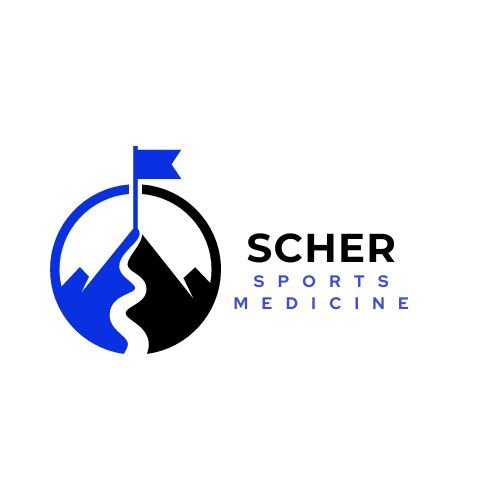Dry Needling Consent Form
What is Dry Needling?
Dry needling is a physical intervention used in the practice of physical therapy that uses a dry, filiform needle, without medication or other deliverable, to penetrate the skin and stimulate underlying muscular tissue, connective tissue, or myofascial trigger points for the management of neuromuscular pain and movement impairments. While the same type of needle is used in acupuncture treatments, this technique is **NOT** considered acupuncture and will **NOT** be defined as receiving acupuncture treatment. Dry needling technique should not be confused with acupuncture treatment performed by a licensed acupuncturist.
Benefits:
Dry needling typically targets tissue that presents as tight and tender. The intent of the treatment is to stimulate underlying soft tissue which may improve the flexibility of the muscle and therefore decrease pain symptoms. The targeted muscular tissue may or may not twitch during application.
Risks:
Like any treatment application, there are possible complications. While these complications are rare in occurrence and not intended, it is recommended you read through the possible risks prior to giving consent to treat. The most serious risk associated with dry needling is accidental puncture of the lung (pneumothorax) when working along the ribs or thorax. If this were to occur, it may likely only require a chest x-ray and no further treatment as it can resolve on its own. The symptoms of pain and shortness of breath may last several days to weeks. *This is a rare complication and in skilled hands should not be a concern*. If you feel related symptoms, immediately contact your primary care physician or seek medication evaluation. Other risks may include pain, bleeding, bruising, infection, and/or minor nerve injury. Every measure will be taken to minimize such risks. These needles are very small and do not have a cutting edge, the likelihood of any significant tissue trauma from dry needling is unlikely.
